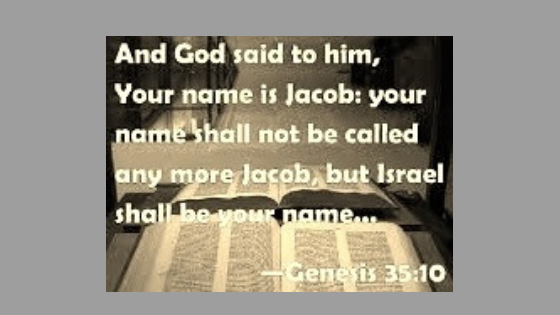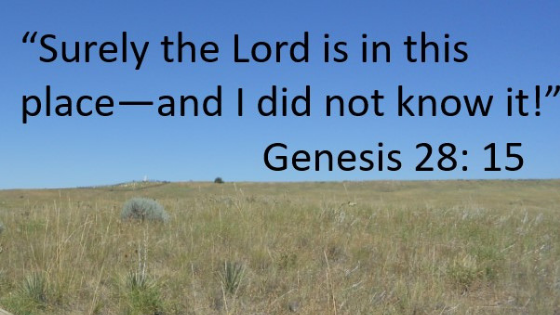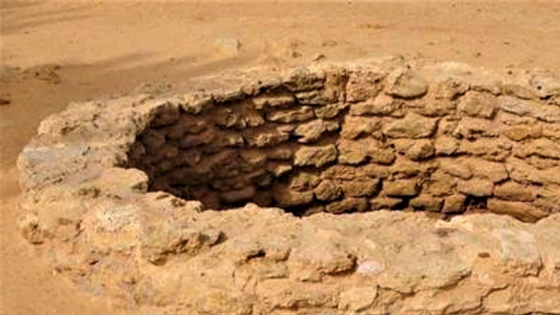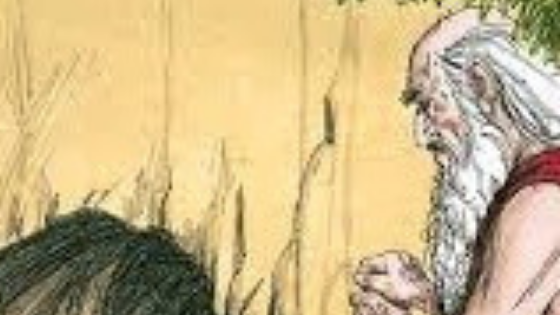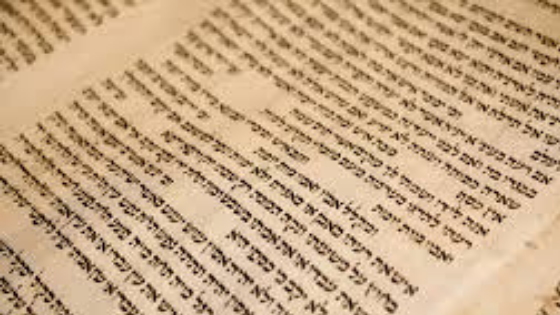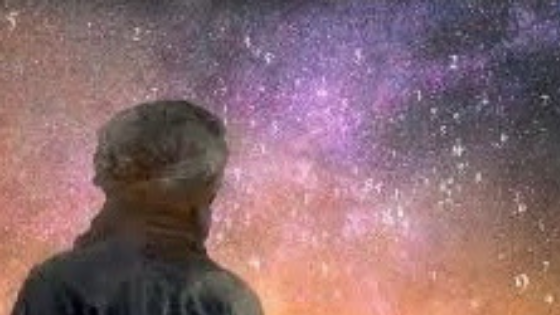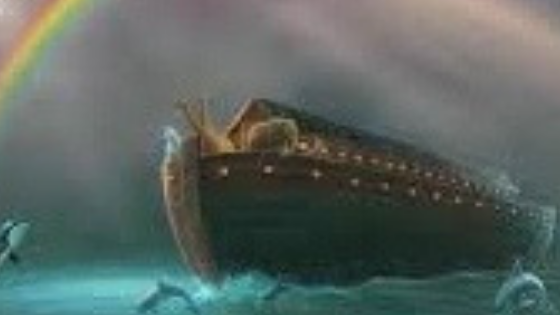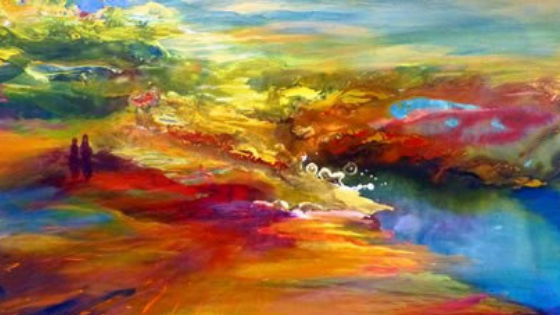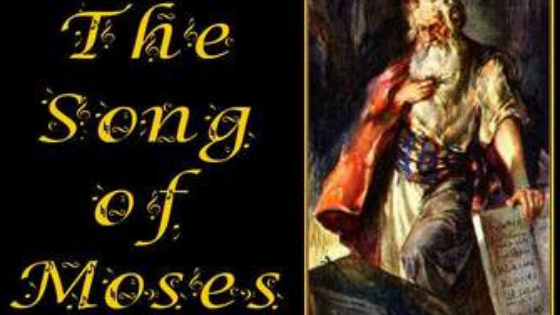@import url(https://www.ratisbonne.org.il/bk/wp-content/plugins/siteorigin-panels/css/front-flex.min.css); #pgc-4478-0-0 , #pgc-4478-0-2 { width:10%;width:calc(10% – ( 0.9 * 30px ) ) } #pgc-4478-0-1 { width:80%;width:calc(80% – ( 0.2 * 30px ) ) } #pl-4478 #panel-4478-0-1-0 { } #pl-4478 .so-panel { margin-bottom:30px } #pl-4478 .so-panel:last-child { margin-bottom:0px } #pg-4478-0.panel-no-style, #pg-4478-0.panel-has-style > .panel-row-style { -webkit-align-items:flex-start;align-items:flex-start } @media (max-width:780px){ #pg-4478-0.panel-no-style, #pg-4478-0.panel-has-style > .panel-row-style { -webkit-flex-direction:column;-ms-flex-direction:column;flex-direction:column } #pg-4478-0 .panel-grid-cell { margin-right:0 } #pg-4478-0 .panel-grid-cell { width:100% } #pgc-4478-0-0 , #pgc-4478-0-1 { margin-bottom:30px } #pl-4478 .panel-grid-cell { padding:0 } #pl-4478 .panel-grid .panel-grid-cell-empty { display:none } #pl-4478 .panel-grid .panel-grid-cell-mobile-last { margin-bottom:0px } }
Parashat Vayetzei
@import url(https://www.ratisbonne.org.il/bk/wp-content/plugins/siteorigin-panels/css/front-flex.min.css); #pgc-4449-0-0 , #pgc-4449-0-2 { width:10%;width:calc(10% – ( 0.9 * 30px ) ) } #pgc-4449-0-1 { width:80%;width:calc(80% – ( 0.2 * 30px ) ) } #pl-4449 #panel-4449-0-1-0 { } #pl-4449 .so-panel { margin-bottom:30px } #pl-4449 .so-panel:last-child { margin-bottom:0px } #pg-4449-0.panel-no-style, #pg-4449-0.panel-has-style > .panel-row-style { -webkit-align-items:flex-start;align-items:flex-start } @media (max-width:780px){ #pg-4449-0.panel-no-style, #pg-4449-0.panel-has-style > .panel-row-style { -webkit-flex-direction:column;-ms-flex-direction:column;flex-direction:column } #pg-4449-0 .panel-grid-cell { margin-right:0 } #pg-4449-0 .panel-grid-cell { width:100% } #pgc-4449-0-0 , #pgc-4449-0-1 { margin-bottom:30px } #pl-4449 .panel-grid-cell { padding:0 } #pl-4449 .panel-grid .panel-grid-cell-empty { display:none } #pl-4449 .panel-grid .panel-grid-cell-mobile-last { margin-bottom:0px } }
Parashat Toledot
@import url(https://www.ratisbonne.org.il/bk/wp-content/plugins/siteorigin-panels/css/front-flex.min.css); #pgc-4421-0-0 , #pgc-4421-0-2 { width:10%;width:calc(10% – ( 0.9 * 30px ) ) } #pgc-4421-0-1 { width:80%;width:calc(80% – ( 0.2 * 30px ) ) } #pl-4421 #panel-4421-0-1-0 { } #pl-4421 .so-panel { margin-bottom:30px } #pl-4421 .so-panel:last-child { margin-bottom:0px } #pg-4421-0.panel-no-style, #pg-4421-0.panel-has-style > .panel-row-style { -webkit-align-items:flex-start;align-items:flex-start } @media (max-width:780px){ #pg-4421-0.panel-no-style, #pg-4421-0.panel-has-style > .panel-row-style { -webkit-flex-direction:column;-ms-flex-direction:column;flex-direction:column } #pg-4421-0 .panel-grid-cell { margin-right:0 } #pg-4421-0 .panel-grid-cell { width:100% } #pgc-4421-0-0 , #pgc-4421-0-1 { margin-bottom:30px } #pl-4421 .panel-grid-cell { padding:0 } #pl-4421 .panel-grid .panel-grid-cell-empty { display:none } #pl-4421 .panel-grid .panel-grid-cell-mobile-last { margin-bottom:0px } }
Parashat Chayai Sarah
@import url(https://www.ratisbonne.org.il/bk/wp-content/plugins/siteorigin-panels/css/front-flex.min.css); #pgc-4370-0-0 , #pgc-4370-0-2 { width:10%;width:calc(10% – ( 0.9 * 30px ) ) } #pgc-4370-0-1 { width:80%;width:calc(80% – ( 0.2 * 30px ) ) } #pl-4370 #panel-4370-0-1-0 { } #pl-4370 .so-panel { margin-bottom:30px } #pl-4370 .so-panel:last-child { margin-bottom:0px } #pg-4370-0.panel-no-style, #pg-4370-0.panel-has-style > .panel-row-style { -webkit-align-items:flex-start;align-items:flex-start } @media (max-width:780px){ #pg-4370-0.panel-no-style, #pg-4370-0.panel-has-style > .panel-row-style { -webkit-flex-direction:column;-ms-flex-direction:column;flex-direction:column } #pg-4370-0 .panel-grid-cell { margin-right:0 } #pg-4370-0 .panel-grid-cell { width:100% } #pgc-4370-0-0 , #pgc-4370-0-1 { margin-bottom:30px } #pl-4370 .panel-grid-cell { padding:0 } #pl-4370 .panel-grid .panel-grid-cell-empty { display:none } #pl-4370 .panel-grid .panel-grid-cell-mobile-last { margin-bottom:0px } }
Parashat Vayeira
@import url(https://www.ratisbonne.org.il/bk/wp-content/plugins/siteorigin-panels/css/front-flex.min.css); #pgc-4347-0-0 , #pgc-4347-0-2 { width:10%;width:calc(10% – ( 0.9 * 30px ) ) } #pgc-4347-0-1 { width:80%;width:calc(80% – ( 0.2 * 30px ) ) } #pl-4347 #panel-4347-0-1-0 { } #pl-4347 .so-panel { margin-bottom:30px } #pl-4347 .so-panel:last-child { margin-bottom:0px } #pg-4347-0.panel-no-style, #pg-4347-0.panel-has-style > .panel-row-style { -webkit-align-items:flex-start;align-items:flex-start } @media (max-width:780px){ #pg-4347-0.panel-no-style, #pg-4347-0.panel-has-style > .panel-row-style { -webkit-flex-direction:column;-ms-flex-direction:column;flex-direction:column } #pg-4347-0 .panel-grid-cell { margin-right:0 } #pg-4347-0 .panel-grid-cell { width:100% } #pgc-4347-0-0 , #pgc-4347-0-1 { margin-bottom:30px } #pl-4347 .panel-grid-cell { padding:0 } #pl-4347 .panel-grid .panel-grid-cell-empty { display:none } #pl-4347 .panel-grid .panel-grid-cell-mobile-last { margin-bottom:0px } }
Parashat Lech Lecha
@import url(https://www.ratisbonne.org.il/bk/wp-content/plugins/siteorigin-panels/css/front-flex.min.css); #pgc-4306-0-0 , #pgc-4306-0-2 { width:10%;width:calc(10% – ( 0.9 * 30px ) ) } #pgc-4306-0-1 { width:80%;width:calc(80% – ( 0.2 * 30px ) ) } #pl-4306 #panel-4306-0-1-0 { } #pl-4306 .so-panel { margin-bottom:30px } #pl-4306 .so-panel:last-child { margin-bottom:0px } #pg-4306-0.panel-no-style, #pg-4306-0.panel-has-style > .panel-row-style { -webkit-align-items:flex-start;align-items:flex-start } @media (max-width:780px){ #pg-4306-0.panel-no-style, #pg-4306-0.panel-has-style > .panel-row-style { -webkit-flex-direction:column;-ms-flex-direction:column;flex-direction:column } #pg-4306-0 .panel-grid-cell { margin-right:0 } #pg-4306-0 .panel-grid-cell { width:100% } #pgc-4306-0-0 , #pgc-4306-0-1 { margin-bottom:30px } #pl-4306 .panel-grid-cell { padding:0 } #pl-4306 .panel-grid .panel-grid-cell-empty { display:none } #pl-4306 .panel-grid .panel-grid-cell-mobile-last { margin-bottom:0px } }
Parashat Noach
@import url(https://www.ratisbonne.org.il/bk/wp-content/plugins/siteorigin-panels/css/front-flex.min.css); #pgc-4280-0-0 , #pgc-4280-0-2 { width:10%;width:calc(10% – ( 0.9 * 30px ) ) } #pgc-4280-0-1 { width:80%;width:calc(80% – ( 0.2 * 30px ) ) } #pl-4280 #panel-4280-0-1-0 { } #pl-4280 .so-panel { margin-bottom:30px } #pl-4280 .so-panel:last-child { margin-bottom:0px } #pg-4280-0.panel-no-style, #pg-4280-0.panel-has-style > .panel-row-style { -webkit-align-items:flex-start;align-items:flex-start } @media (max-width:780px){ #pg-4280-0.panel-no-style, #pg-4280-0.panel-has-style > .panel-row-style { -webkit-flex-direction:column;-ms-flex-direction:column;flex-direction:column } #pg-4280-0 .panel-grid-cell { margin-right:0 } #pg-4280-0 .panel-grid-cell { width:100% } #pgc-4280-0-0 , #pgc-4280-0-1 { margin-bottom:30px } #pl-4280 .panel-grid-cell { padding:0 } #pl-4280 .panel-grid .panel-grid-cell-empty { display:none } #pl-4280 .panel-grid .panel-grid-cell-mobile-last { margin-bottom:0px } }
Parashat Bereishit
@import url(https://www.ratisbonne.org.il/bk/wp-content/plugins/siteorigin-panels/css/front-flex.min.css); #pgc-4254-0-0 , #pgc-4254-0-2 { width:10%;width:calc(10% – ( 0.9 * 30px ) ) } #pgc-4254-0-1 { width:80%;width:calc(80% – ( 0.2 * 30px ) ) } #pl-4254 #panel-4254-0-1-0 { } #pl-4254 .so-panel { margin-bottom:30px } #pl-4254 .so-panel:last-child { margin-bottom:0px } #pg-4254-0.panel-no-style, #pg-4254-0.panel-has-style > .panel-row-style { -webkit-align-items:flex-start;align-items:flex-start } @media (max-width:780px){ #pg-4254-0.panel-no-style, #pg-4254-0.panel-has-style > .panel-row-style { -webkit-flex-direction:column;-ms-flex-direction:column;flex-direction:column } #pg-4254-0 .panel-grid-cell { margin-right:0 } #pg-4254-0 .panel-grid-cell { width:100% } #pgc-4254-0-0 , #pgc-4254-0-1 { margin-bottom:30px } #pl-4254 .panel-grid-cell { padding:0 } #pl-4254 .panel-grid .panel-grid-cell-empty { display:none } #pl-4254 .panel-grid .panel-grid-cell-mobile-last { margin-bottom:0px } }
Parashat Chol HaMo’ed Sukkot
@import url(https://www.ratisbonne.org.il/bk/wp-content/plugins/siteorigin-panels/css/front-flex.min.css); #pgc-4207-0-0 , #pgc-4207-0-2 { width:10%;width:calc(10% – ( 0.9 * 30px ) ) } #pgc-4207-0-1 { width:80%;width:calc(80% – ( 0.2 * 30px ) ) } #pl-4207 #panel-4207-0-1-0 { } #pl-4207 .so-panel { margin-bottom:30px } #pl-4207 .so-panel:last-child { margin-bottom:0px } #pg-4207-0.panel-no-style, #pg-4207-0.panel-has-style > .panel-row-style { -webkit-align-items:flex-start;align-items:flex-start } @media (max-width:780px){ #pg-4207-0.panel-no-style, #pg-4207-0.panel-has-style > .panel-row-style { -webkit-flex-direction:column;-ms-flex-direction:column;flex-direction:column } #pg-4207-0 .panel-grid-cell { margin-right:0 } #pg-4207-0 .panel-grid-cell { width:100% } #pgc-4207-0-0 , #pgc-4207-0-1 { margin-bottom:30px } #pl-4207 .panel-grid-cell { padding:0 } #pl-4207 .panel-grid .panel-grid-cell-empty { display:none } #pl-4207 .panel-grid .panel-grid-cell-mobile-last { margin-bottom:0px } }
Parashat Ha’azinu
@import url(https://www.ratisbonne.org.il/bk/wp-content/plugins/siteorigin-panels/css/front-flex.min.css); #pgc-4171-0-0 , #pgc-4171-0-2 { width:10%;width:calc(10% – ( 0.9 * 30px ) ) } #pgc-4171-0-1 { width:80%;width:calc(80% – ( 0.2 * 30px ) ) } #pl-4171 #panel-4171-0-1-0 { } #pl-4171 .so-panel { margin-bottom:30px } #pl-4171 .so-panel:last-child { margin-bottom:0px } #pg-4171-0.panel-no-style, #pg-4171-0.panel-has-style > .panel-row-style { -webkit-align-items:flex-start;align-items:flex-start } @media (max-width:780px){ #pg-4171-0.panel-no-style, #pg-4171-0.panel-has-style > .panel-row-style { -webkit-flex-direction:column;-ms-flex-direction:column;flex-direction:column } #pg-4171-0 .panel-grid-cell { margin-right:0 } #pg-4171-0 .panel-grid-cell { width:100% } #pgc-4171-0-0 , #pgc-4171-0-1 { margin-bottom:30px } #pl-4171 .panel-grid-cell { padding:0 } #pl-4171 .panel-grid .panel-grid-cell-empty { display:none } #pl-4171 .panel-grid .panel-grid-cell-mobile-last { margin-bottom:0px } }
